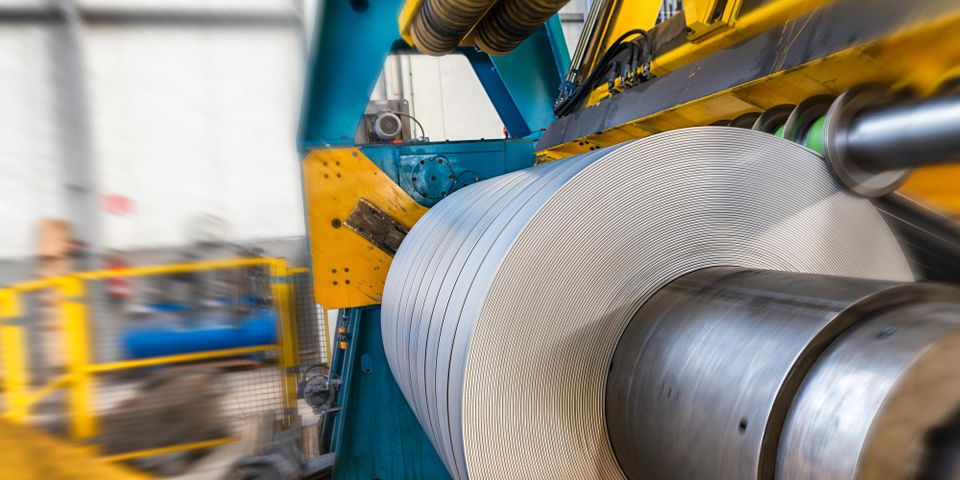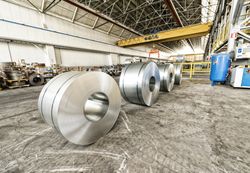What's the Difference Between Cold & Hot-Rolled Steel?

For many professionals, entering a machining shop can be an overwhelming experience. While you might know what results you’re looking for, the equipment and methods used to produce them are not exactly common knowledge. For example, what is the difference between hot and cold-rolled steel, and how might they serve your needs? Use the following comparison to walk into the machining shop with confidence.
Hot-Rolled Steel
The main distinguishing factor between hot- and cold-rolled steel is the way they are treated in the machining shop, not the raw materials themselves. If you’re purchasing hot-rolled steel, the mill workers will roll your metal at searing temperatures—upwards of 1700 degrees! Since this is high above steel’s recrystallization point, workers create a window of opportunity in which to manipulate the material. Essentially, a slab of metal can be rolled out like cookie dough, so it becomes much longer or larger.
 Compared to cold-rolled steel, hot-rolled metal is less expensive, as the treatment process is faster. However, one of the downsides to this process is that once the heated metal cools, it will shrink a bit, so it’s harder to tell what size panel you’ll end up with. If you’re planning a construction or welding project, this irregularity won’t get in the way of your hot-rolled steel application.
Compared to cold-rolled steel, hot-rolled metal is less expensive, as the treatment process is faster. However, one of the downsides to this process is that once the heated metal cools, it will shrink a bit, so it’s harder to tell what size panel you’ll end up with. If you’re planning a construction or welding project, this irregularity won’t get in the way of your hot-rolled steel application.
Cold-Rolled Steel
This product starts by undergoing the same treatment as hot-rolled steel. However, it then undergoes cold reduction. This means the material is allowed to cool until it reaches room temperature before being rolled once more without heat. This process takes longer because the metal is less malleable, and it also requires more pressure.
However, it yields a finished product that’s much easier to estimate and reach in terms of size. If you have a project that depends on exact measurements, cold-rolled steel is the best option for your business. Plus, cold-rolled products are left with a more brilliant, concentric (if circular), and smooth finish, so their ideal for artwork or any other applications in which appearance is key.
If you’re interested in learning more about these two processes and how they compare, turn to R. A. Heller Co. of Cincinnati, OH. This machining shop has been in business since 1946, and they continue to evolve with advancements in the industry. Whether you’re looking for chrome plating, piston rod repairs, or turbine shafts, you can trust this company to provide high-quality, efficient results. To learn more about their skills, visit the website, or call the machining shop at (513) 771-6100 today.
About the Business
Have a question? Ask the experts!
Send your question

